Search
Remove Ads
Advertisement
Search Results
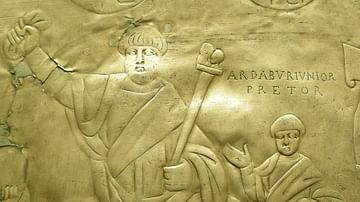
Article
The Isaurians and the End of Germanic Influence in Byzantium
Germanic influence reigned in the Roman Empire from the end of the 4th century CE through the 5th. Germanic individuals took important posts in the government and the military, and Germanic tribes penetrated ever further into lands that had...
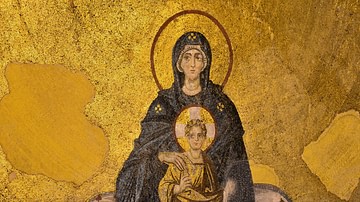
Definition
Byzantine Empire
The Byzantine Empire existed from 330 to 1453. It is often called the Eastern Roman Empire or simply Byzantium. The Byzantine capital was founded at Constantinople by Constantine I (r. 306-337). The Byzantine Empire varied in size over the...
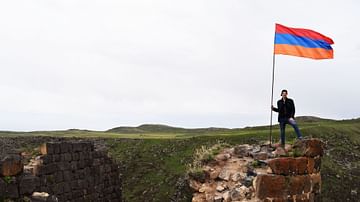
Article
Ancient History Encyclopedia in Armenia
Last fall, Ancient History Encyclopedia (AHE) received a grant from the National Association for Armenian Studies and Research (NAASR) and the Knights of Vartan Fund for Armenian Studies to complete a grant project that would entail the writing...
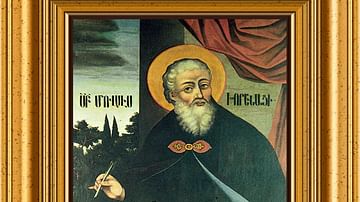
Definition
Movses Khorenatsi
Movses Khorenatsi (Moses of Khoren) was a 5th-century CE Armenian historian whose work the History of the Armenians has earned him the title of the “father of Armenian history”. Drawing on ancient sources and ambitiously covering the history...

Definition
Constantinople
Built in the seventh century BCE, the ancient city of Byzantium proved to be a valuable city for both the Greeks and Romans. Because it lay on the European side of the Strait of Bosporus, the Emperor Constantine understood its strategic importance...

Definition
Theophilos
Theophilos was emperor of the Byzantine Empire from 829 to 842 CE. He was the second ruler of the Amorion dynasty founded by his father Michael II. Popular during his reign and responsible for a lavish rebuilding of Constantinople's palaces...
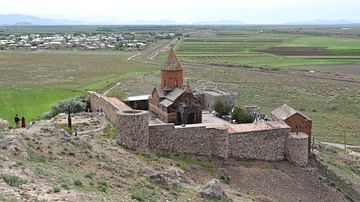
Definition
Khor Virap
Khor Virap is a monastery located in Armenia that was first established in 642 CE. Its name is derived from "virap nerk'in," which means "deep dungeon" in Armenian. Khor Virap is one of the most sacred and visited sites in Armenia primarily...

Article
The Early Christianization of Armenia
The Christianization of Armenia began with the work of Syrian apostles from the 1st century CE and was boosted in the early 4th century CE by such figures as Saint Gregory the Illuminator, who converted the Armenian king and spread the gospel...

Definition
Mamikonian Dynasty
The Mamikonians were a powerful clan group who were influential in Armenian political and military affairs from the 1st century BCE onwards. They rose to particular prominence from c. 428 CE to 652 CE in the half of Armenia ruled by the Sasanian...

Image
The Travels of Leo Africanus, 1507-1520
A map tracing the journeys of Leo Africanus (al-Hasan ibn Muhammad al-Wazzan al-Fasi, c. 1494 – c. 1554), a 16th-century Maghrebi diplomat, traveler, and geographer. His Description of Africa (1550) remains one of the most detailed early...